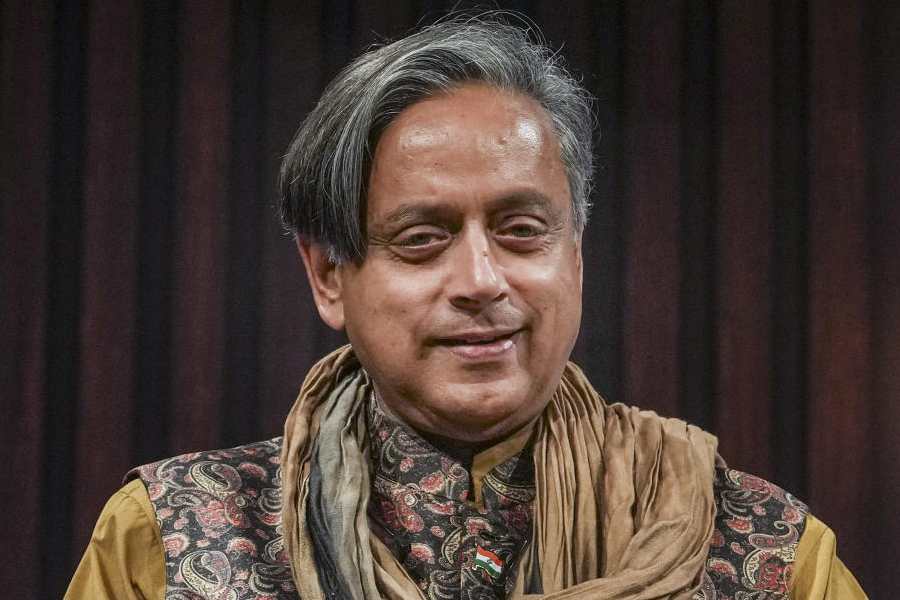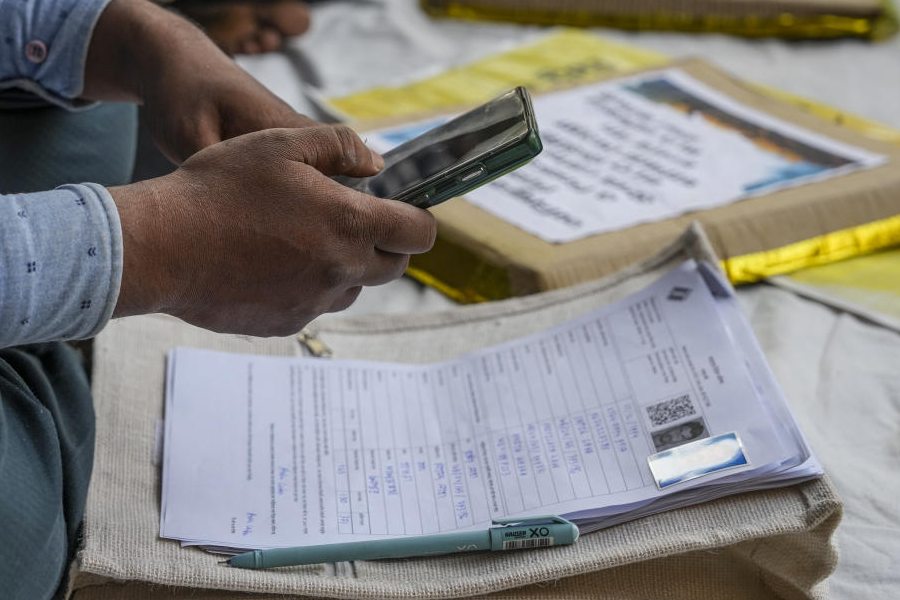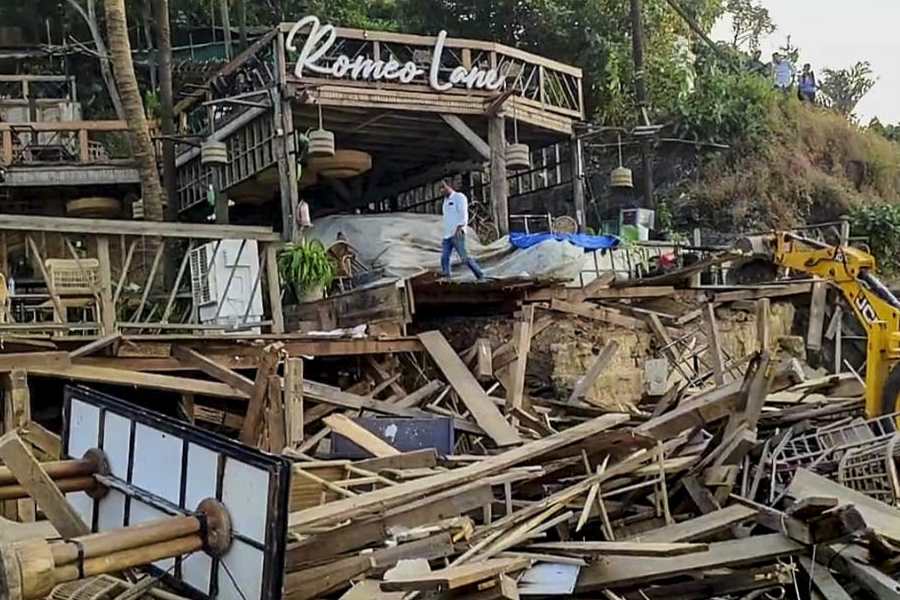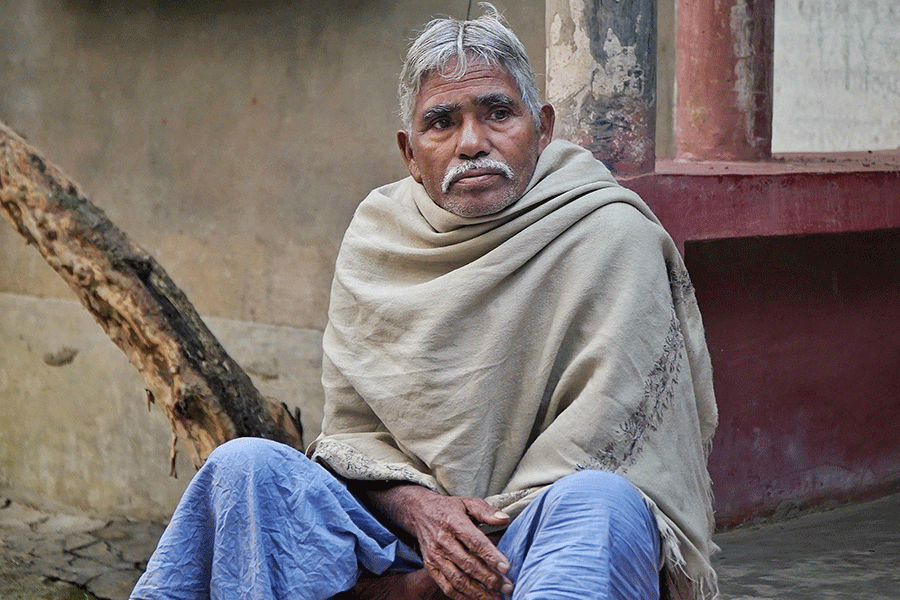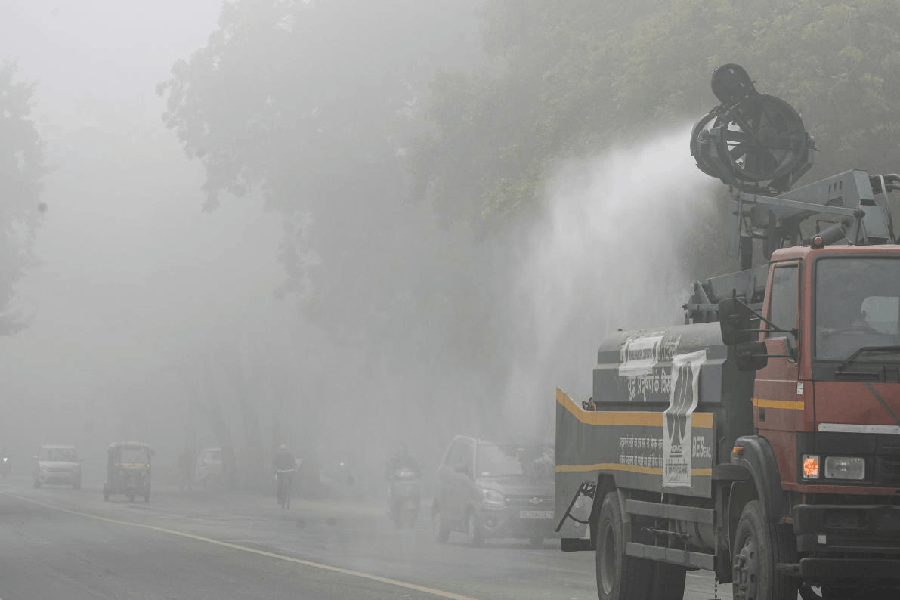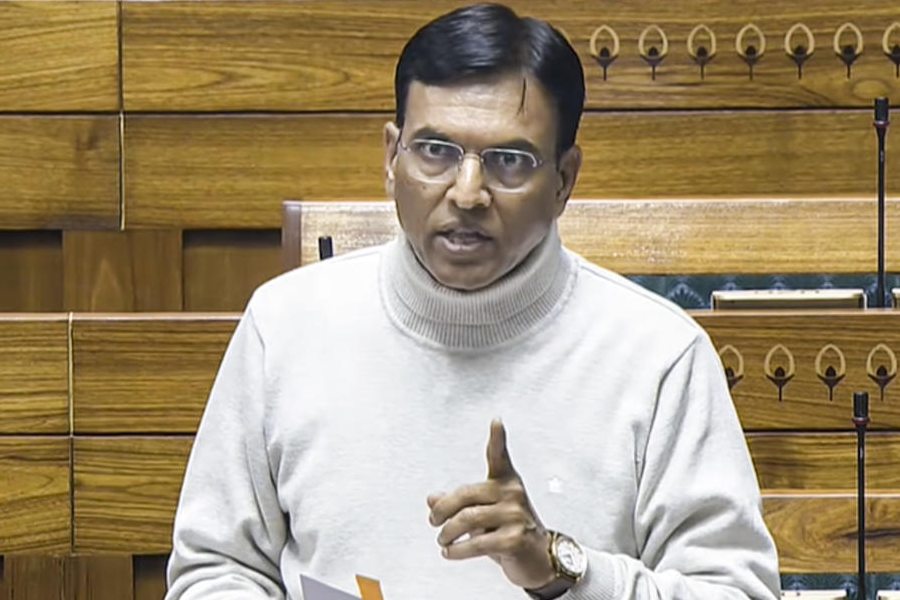|
|
A country’s future cannot but be bright if its citizens prize education so highly as to commit crime for its sake. But one wonders whether qualifications are not bound to be flawed if there’s a backdoor into school and college and a bribe overcomes the hurdle of examinations. No wonder Singapore derecognized Indian medical degrees.
Media reports about my old school prompt both thoughts. Yet — faint ray of light in the engulfing darkness — I know for certain of one recent instance of La Martiniere for Boys admitting only on merit a Bengali child without money or influence. This heartwarming news mitigated to some extent the shock I received 18 years ago when a respected private tutor told me she couldn’t coach my son — not even a teenager then — because she did not take pupils from schools for “moneybags”. Her objection was not ideological. Nor communal though she did identify “moneybags” in ethnic terms. Her point was that scholarship had to take a backseat in institutions so awash with money.
It was a shock because the school I remembered was anything but rich. Most pupils were poor Anglo-Indian boarders supported by the church or private foundations. No shame attached to being a foundationer. That was the purpose of Claude Martin’s philanthropy. The Armenian boys also received help: the school prayer extolled their benefactor, Paul Chater.
The scattering of full-blooded non-Christian fee-paying Indian day scholars who went to school by bus or tram were admitted under gentle government pressure. The art master was the only non-Christian Indian on the staff, and he was not invited to the last British principal’s farewell party. I could understand it when the owner of Park Street’s best restaurant, an old boy from before the Second World War when the school moved to Lucknow, told me he felt no attachment because “they didn’t really want us”.
The inexorable laws of demand and supply did not then set a price on everything. If La Martiniere has fallen like a ripe mango into the arms of those who know no other way of doing things, it is at least partly because it never had a rooted identity to defend. I recall a master who later emigrated to Australia (where else?) dismissing socially superior St Xavier’s as “an Indian school”. St Thomas, Kidderpore, and St James were undisguisedly Anglo-Indian. La Martiniere was also as Anglo-Indian as the Rangers Club but nursed pretensions derived from a unique provenance and the distinction of sister schools in Lucknow and faraway Lyons.
We were never allowed to forget that Martinians had fought for the government in 1857. The battle honours they won — the only school in the Empire to be so honoured — hung in the Lucknow chapel. Ceremonial occasions brought out the Union Jack and French tricolour. Signed photographs of King George VI and Queen Elizabeth (the last emperor and empress of India) graced the assembly hall and polished brass tablets, as in an Oxford college, honoured long-departed principals like “William Henry Arden Wood”. We mispronounced the English public schoolboy’s Latin slang. The few Brits on the staff were colonial relics who went on “Home Leave”. A Lodge Martiniere lurked somewhere. Everything pointed to higher aspirations.
Anomaly and contradiction began at the inception when it was uncertain whether Martin had left his money to Roman Catholics or Protestants. They battled over his will until the former handed victory to the latter by rejecting the Privy Council’s ruling of joint administration. The school was notionally Church of England in my time and that was its only certainty. No other British Indian institution took so long to come to terms with contemporary reality.
Bengali posturing compounded ambivalence. It was the fashion to sneer at things phiringi; the derogatory word most commonly used was tyansh. But many cultural patriots in flowing dhoti pleaded and cajoled to get their sons admitted in our bastion of phiringi life. It was refreshing the other day to hear Julius Malema, the African National Congress youth leader, admitting on television, “It’s always been our ambition to live like whites.” Such candour is unthinkable in India.
“What has the school done?” Lakdasa de Mel, the last Metropolitan of India, once exclaimed over dinner in Bishop’s House. “All that expense and it’s only turned out generations of railway guards and customs inspectors!” Had the patrician Sinhalese, who was proud of his pre-Christian caste but a great and generous man otherwise, connected La Martiniere with St Xavier’s in Partibus, “the great old school” in Kim, he would have known that Anglo-Indians had no higher destiny under the British.
Change did not come easily to them, resulting in all manner of dissonances and discrepancies. Teachers and students who did not admit to understanding a word of any Indian language had to force themselves to sing Jana Gana Mana. My curiosity about the school authorities being called “acting governors” was only satisfied many years later when someone explained that the real governors under the charter were dignitaries like the commander-in-chief, lieutenant-governor and chief justice. Some positions had been abolished; some incumbents were no longer Christian. Hence the makeshift “acting governors” — white burra sahibs from Clive Street who added to the sense of impermanence since they were here today and gone tomorrow. The sole exception for a while was West Bengal’s devoutly Christian rajyapal, Harendra Coomar Mookerjee, whose attire occasioned merriment in the school where no one followed his Biblical references.
I can only guess what happened as the last of the senior old-school Anglo-Indians departed as the Brits had done, as the number of Anglo-Indian boys dwindled, and investments withered. There were no committed owners and managers with a stake in the traditions that had nurtured the school’s sense of being different. Authority had to be vested in Christians and that often meant inconsequential people on the make gambolling like Kipling’s bandar-log in the abandoned city. The saintly Mookerjee would have turned in his grave at their antics.
One heard of Indian Christians trying to pose as Anglo-Indians in hopes of benefits but theirs can have been a feeble intervention. They did not have the money, connections or business acumen to fill the vacuum when the school was up for grabs. It was like sterling tea gardens and British management agencies. The sharp operators hovering around greedily eyed La Martiniere’s two most marketable assets — prime land and the imprimatur of a supposedly Anglo-Indian education in a state that the Marxists were purging of English.
It’s many years since I entered the gates but I can imagine the promoters, hand-in-glove with some of the Indian Christian worthies to whom management passed, gnawing like jackals at the estate’s carcass. The assembly hall was the first casualty. Much of the land bounded by Loudon Street, Lower Circular Road, Rawdon Street and Moira Street (the old names seem more appropriate) has gone, the still lofty main building imprisoned by ugly new structures to the gods of commerce. One mocks Claude Martin’s Lucknow palace for calling itself Constantia. More money-driven vandalism is evident in Moira Street. A string of other scams is reported.
Education is big business in upwardly mobile India. The Guinness Book of Records acknowledged South Point School’s spectacular explosion. Delhi Public School is expanding like any multinational organization. English-medium instruction commands the highest price and a touch of Anglo-India (a Rozario or Parker on the staff) adds value. Irrespective of standards, the snob appeal that still attaches to even the shade of the La Martiniere that was generates brisk commerce. Such institutions sell a dream even more than education, the “simple dream” that inspired Malema and his comrades to fight for freedom, “If we defeated apartheid we would all live like whites.”
Flats sell at huge undisclosed premia. Trading in dreams may yield even higher profits.



